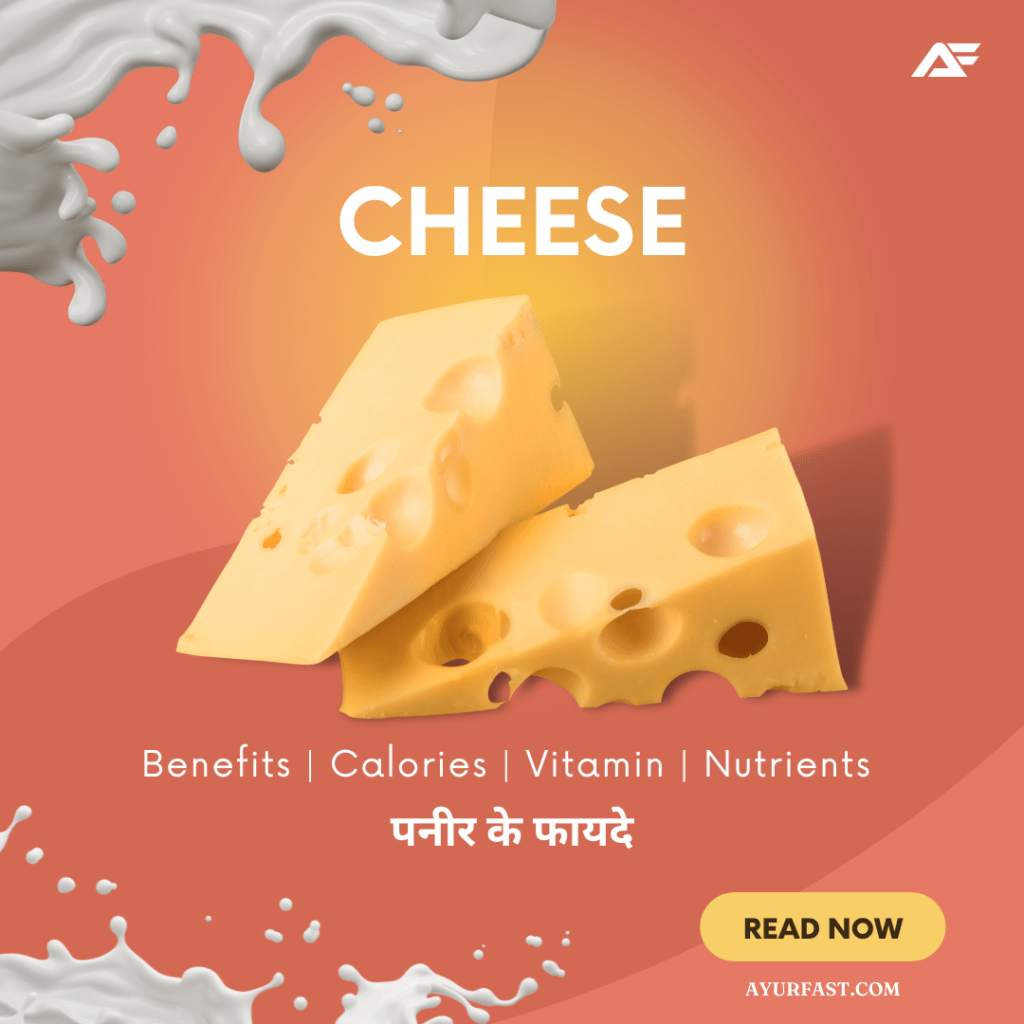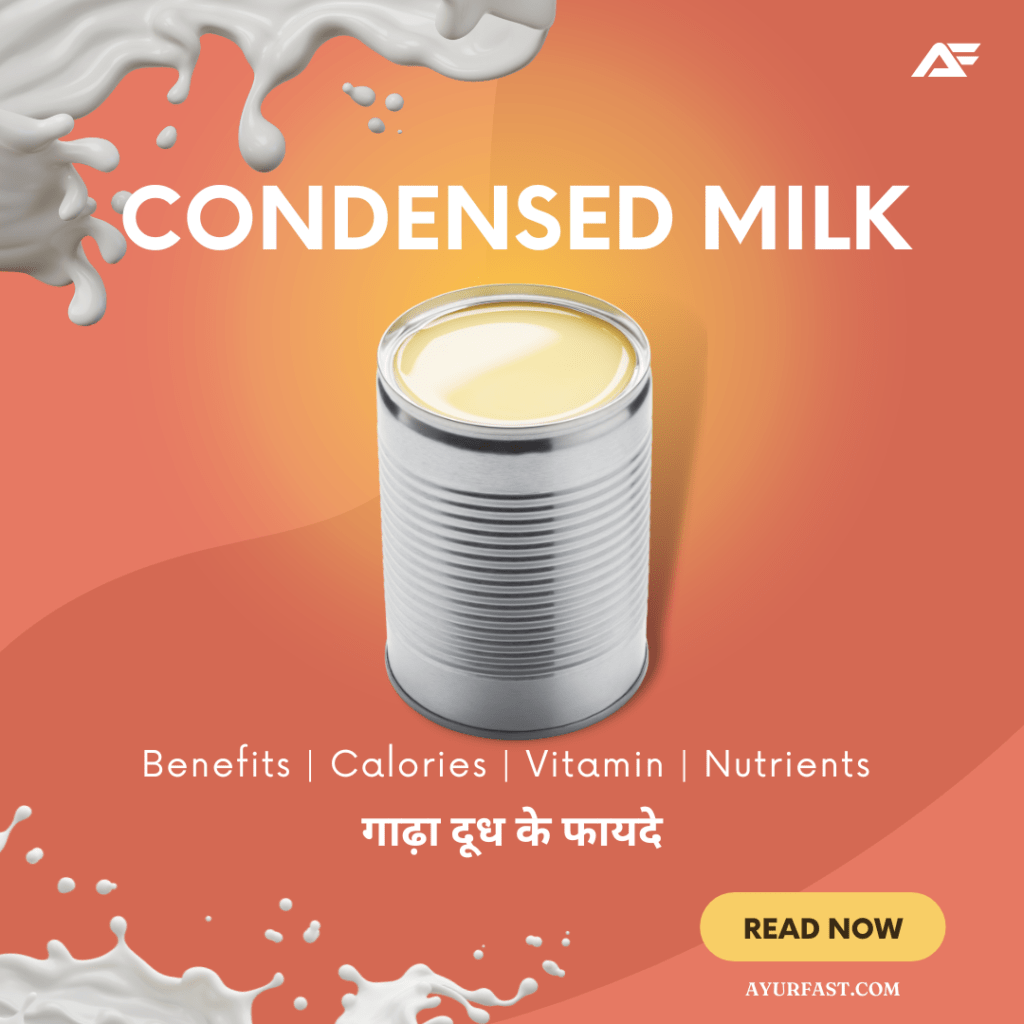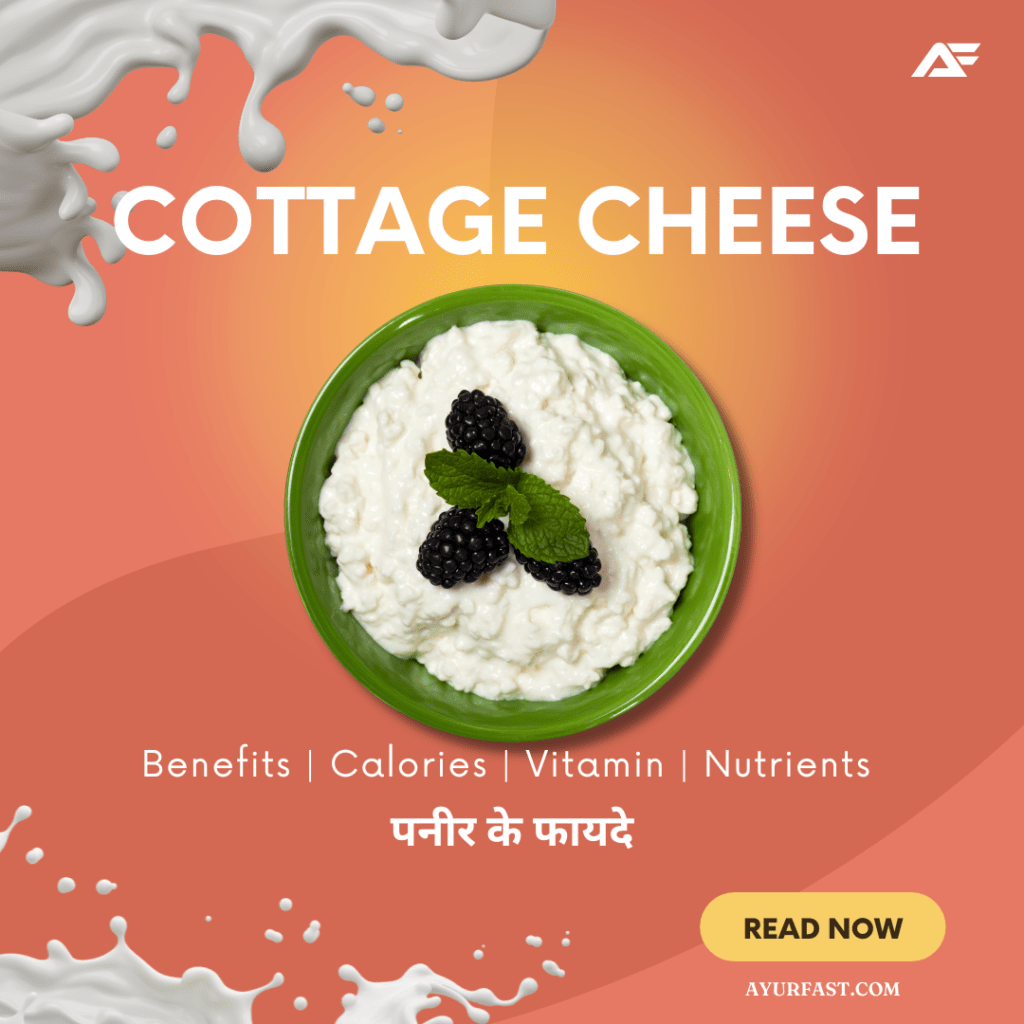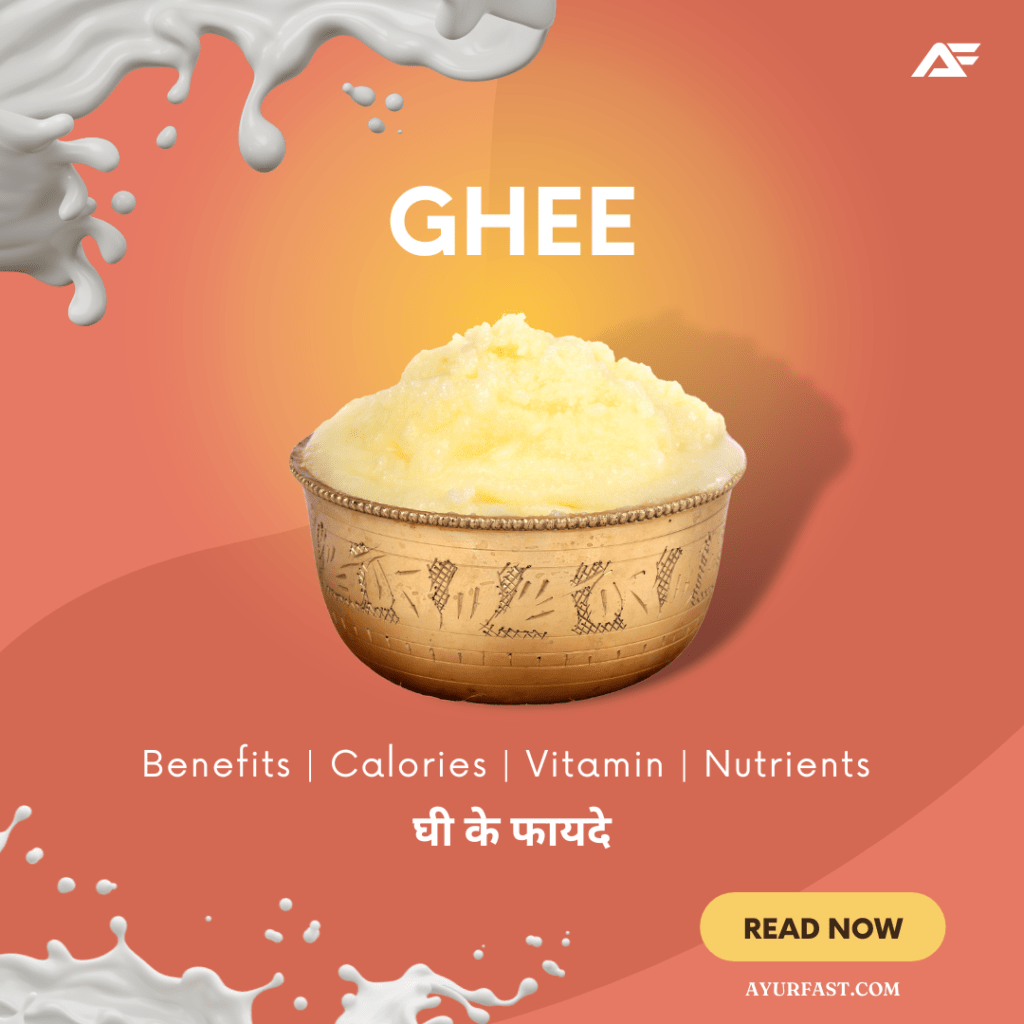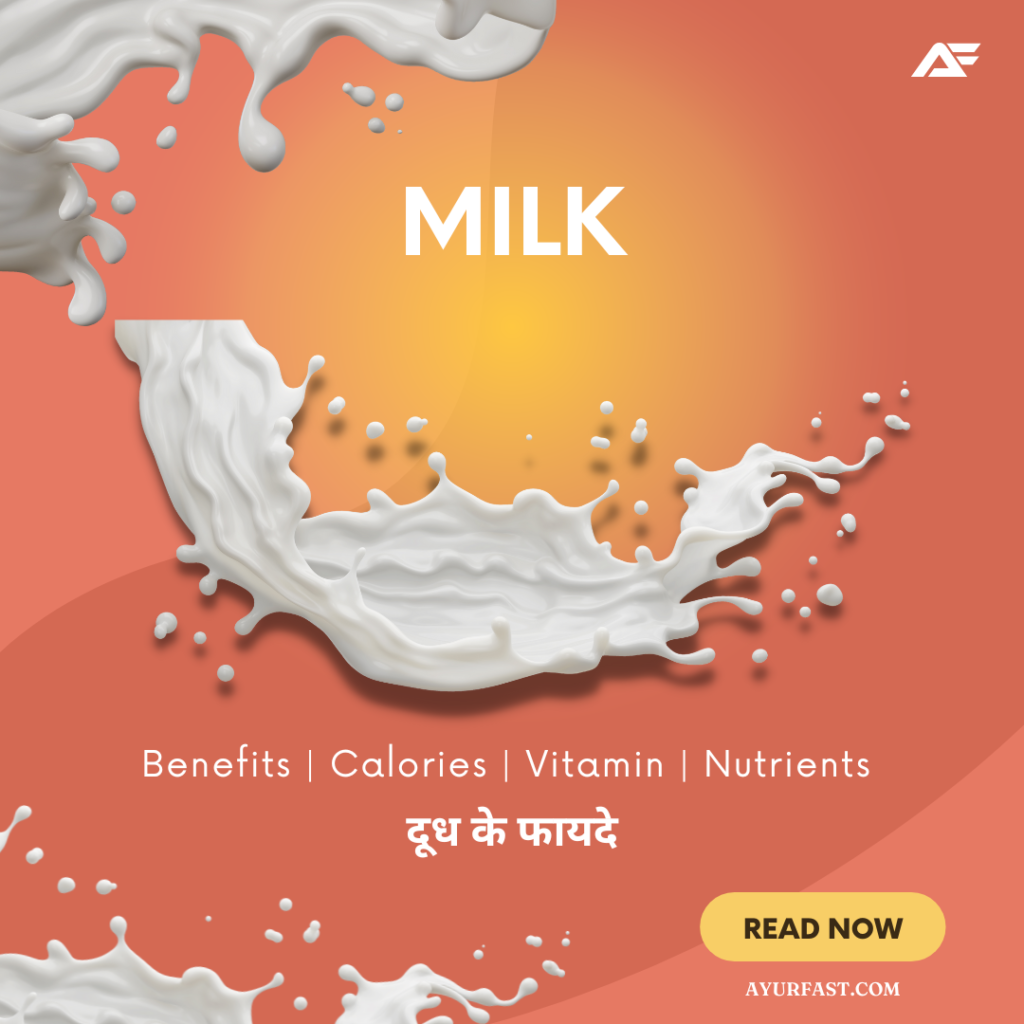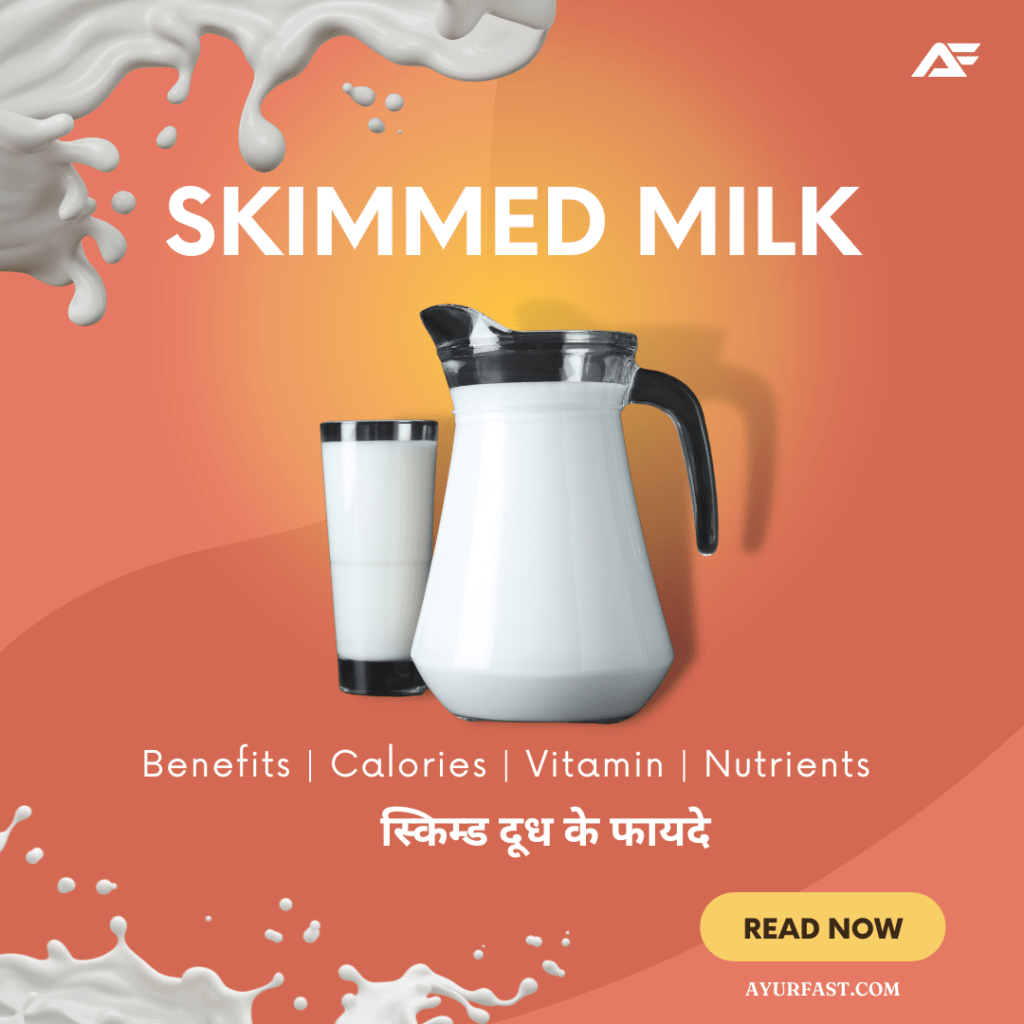About
Khoya/Mawa is a dairy product that is widely used in Indian and Pakistani cuisine. It is made by slowly heating full-fat milk in a large, heavy-bottomed pan until all the moisture evaporates, leaving behind a thick, solid mass of milk solids. The resulting khoya/mawa has a rich, creamy, and slightly nutty flavor and is often used in sweets, desserts, and other traditional dishes.
Health Benefits:
- Rich source of protein: Khoya/mawa is a rich source of protein, which is essential for muscle building, repair, and growth.
- Good for bone health: It contains calcium, which is necessary for strong bones and teeth.
- Boosts energy: The high-calorie content of khoya/mawa makes it an excellent source of energy.
- Contains essential vitamins and minerals: Khoya/mawa contains essential vitamins and minerals like vitamins A, B12, calcium, and iron, which are necessary for the body’s proper functioning.
- Helps in weight gain: Khoya/mawa is often recommended for people who need to gain weight due to its high calorie and fat content.
Health Losses:
- High in calories: Khoya/mawa is high in calories and can contribute to weight gain if consumed in excess.
- High in saturated fat: It is also high in saturated fat, which can raise cholesterol levels and increase the risk of heart disease if consumed in large amounts.
- Not recommended for lactose-intolerant individuals: Khoya/mawa is a dairy product and may not be suitable for lactose-intolerant individuals.
Preparation Method:
- Heat full-fat milk in a large, heavy-bottomed pan.
- Stir continuously to prevent the milk from sticking to the bottom of the pan.
- Keep stirring until the milk has thickened and all the moisture has evaporated.
- Allow the khoya/mawa to cool before using or storing it in an airtight container in the refrigerator.
Harms of Overdose:
-
Weight gain: Khoya/Mawa is high in calories and can contribute to weight gain if consumed in excess.
-
High cholesterol levels: Khoya/Mawa is high in saturated fats, which can increase cholesterol levels and lead to heart disease if consumed in excess.
-
Increased risk of heart disease: Excessive consumption of Khoya/Mawa can lead to high levels of bad cholesterol, which can increase the risk of heart disease.
-
Tooth decay: Many sweets made with Khoya/Mawa are high in sugar, which can contribute to tooth decay if consumed in excess.
- Increased risk of diabetes: Consuming sweets made with Khoya/Mawa can increase the risk of developing diabetes, especially if consumed in excess.
Per Day Maximum Consumption Chart:
The recommended daily intake of khoya/mawa varies based on age, gender, and activity level. The following are approximate guidelines:
- Child: 10-15 grams
- Adult Men: 30-40 grams
- Adult Women: 20-30 grams
Energy and Macronutrient Content of Khoya/Mawa (per 50g serving)
| Nutrient | Amount per 50 grams |
|---|---|
| Energy | 197 kcal |
| Carbohydrates | 16.1 g |
| Protein | 7.6 g |
| Fat | 11.9 g |
| Fiber | 0.2 g |
| Water | 22.6 g |
Vitamins Content of Khoya/Mawa (per 50g serving)
| Vitamin | Amount per 50 grams |
|---|---|
| Vitamin A | 127 IU |
| Vitamin B1 | 0.06 mg |
| Vitamin B2 | 0.20 mg |
| Vitamin B3 | 0.63 mg |
| Vitamin B6 | 0.05 mg |
| Vitamin B12 | 0.22 mcg |
| Vitamin C | 0.1 mg |
| Vitamin D | 6.3 IU |
| Vitamin E | 0.24 mg |
| Vitamin K | 0.2 mcg |
| Folate | 8.8 mcg |
| Biotin | 0.8 mcg |
Minerals Content of Khoya/Mawa (per 50g serving)
| Mineral | Amount per 50 grams |
|---|---|
| Calcium | 285 mg |
| Iron | 0.2 mg |
| Iodine | 4.4 mcg |
| Zinc | 0.4 mg |
| Magnesium | 20.3 mg |
| Phosphorus | 250 mg |
| Potassium | 154 mg |
| Sodium | 74 mg |
| Chloride | 192 mg |
| Copper | 0.02 mg |
| Chromium | 0.9 mcg |
| Fluoride | 0.4 mcg |
| Molybdenum | 1.1 mcg |
| Manganese | 0.02 mg |
| Selenium | 1.3 mcg |
What is Khoya?
Khoya, also known as Mawa, is a dairy product made by reducing milk to a semi-solid consistency.
How is Khoya made?
Khoya is made by simmering full-fat milk on low heat until the water content is evaporated, and the milk solids are left behind.
What are the different types of Khoya?
There are two main types of Khoya: soft Khoya and hard Khoya.
What are the health benefits of Khoya?
Khoya is rich in protein, calcium, and phosphorus, which are essential for the growth and maintenance of bones, muscles, and tissues.
What are the popular dishes made with Khoya?
Gulab Jamun, Barfi, Pedha, Kheer, Laddu, and Gajar ka Halwa are some of the popular dishes made with Khoya.
What is the shelf life of Khoya?
Khoya can last for up to a week when stored in an airtight container in the refrigerator.
How to store Khoya?
Khoya should be stored in an airtight container in the refrigerator.
What is the nutritional value of Khoya?
100 grams of Khoya contains approximately 300-400 calories, 15-20 grams of fat, 10-15 grams of protein, and 15-20 grams of carbohydrates.
How to make Khoya at home?
Khoya can be made at home by simmering full-fat milk on low heat until the water content is evaporated, and the milk solids are left behind.
What are the different names of Khoya?
Khoya is also known as Mawa, Khoa, and Kova.
What are the substitutes for Khoya?
Milk powder or condensed milk can be used as a substitute for Khoya.
What is the calorie count of Khoya?
100 grams of Khoya contains approximately 300-400 calories.
What is the fat content of Khoya?
100 grams of Khoya contains approximately 15-20 grams of fat.
What is the protein content of Khoya?
100 grams of Khoya contains approximately 10-15 grams of protein.
What is the carbohydrate content of Khoya?
100 grams of Khoya contains approximately 15-20 grams of carbohydrates.
What are the sweet dishes made with Khoya?
Gulab Jamun, Barfi, Pedha, Kheer, Laddu, and Gajar ka Halwa are some of the sweet dishes made with Khoya.
What is the difference between Khoya and paneer?
Khoya is made by reducing milk to a semi-solid consistency, while paneer is made by curdling milk with an acidic agent.



